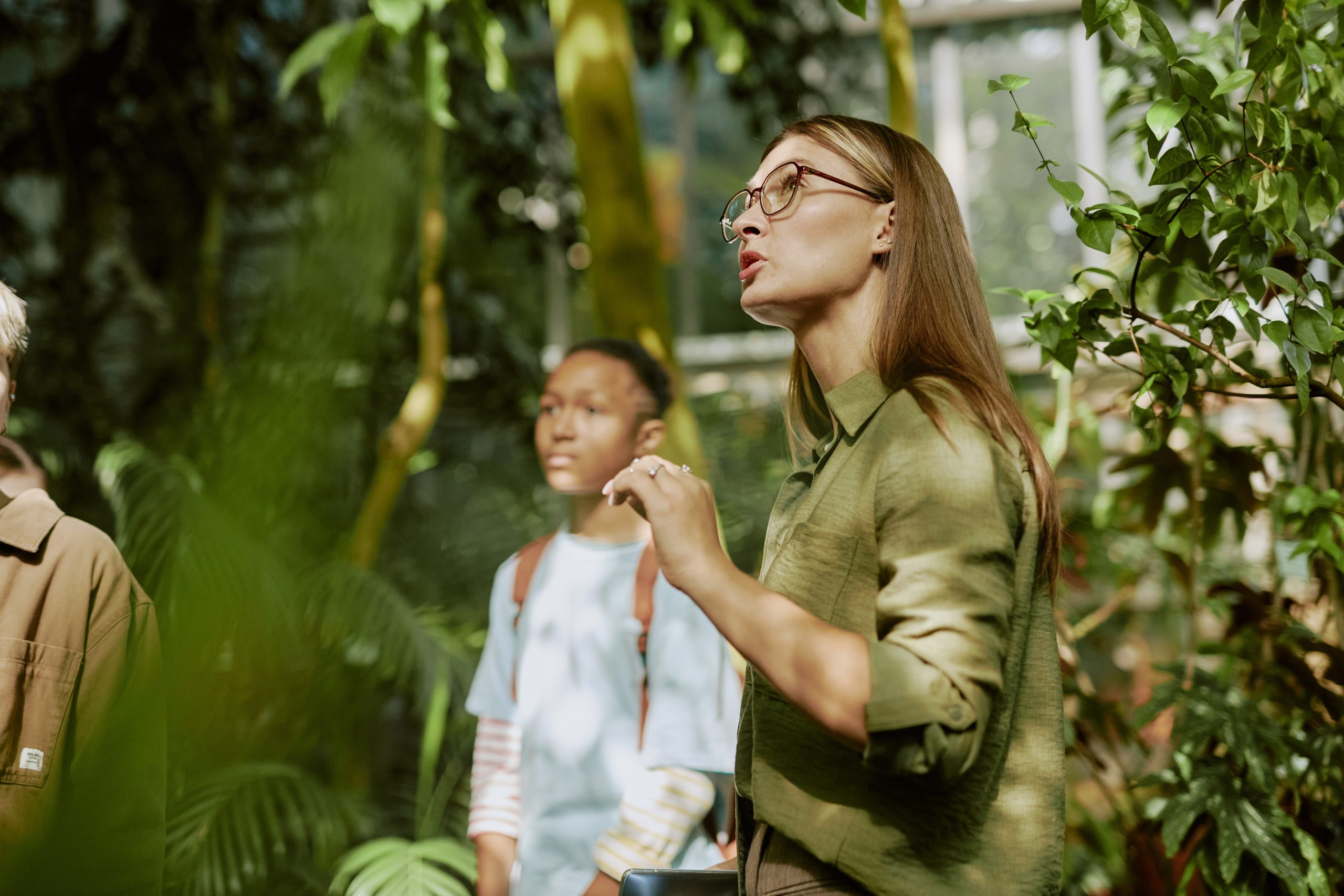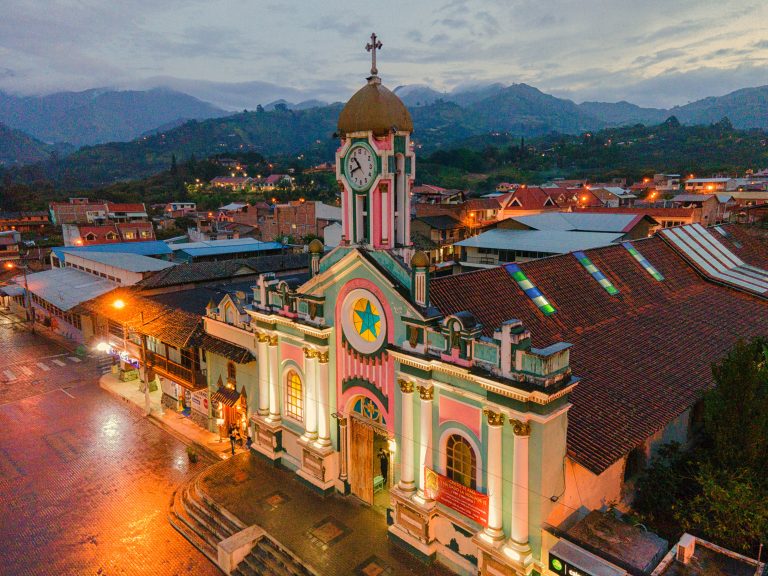School Trips To Ecuador
From the heights of the Andean highlands to the depths of the Amazon Rainforest, and onward to the Galápagos Islands, Ecuador is a land of breathtaking contrasts. This immersive experience takes us through indigenous markets, volcanic landscapes, cloud forests, and marine ecosystems, offering encounters with diverse communities, conservationists, and wildlife found nowhere else on Earth. Through hands-on workshops, guided treks, and field research, we gain a deeper understanding of Ecuador’s rich cultural heritage and its role in global sustainability.
Points of Interest
-
Quito
-
Otavalo
-
Mindo Cloud Forest
-
Cotopaxi National Park
-
Amazon Rainforest
-
Santa Cruz
-
Bartolomé
-
North Seymour
-
Floreana

School Trips To Ecuador
School Trip Journal

We’ll keep you updated with the latest news, trips, and updates—so you’re always one step ahead.

